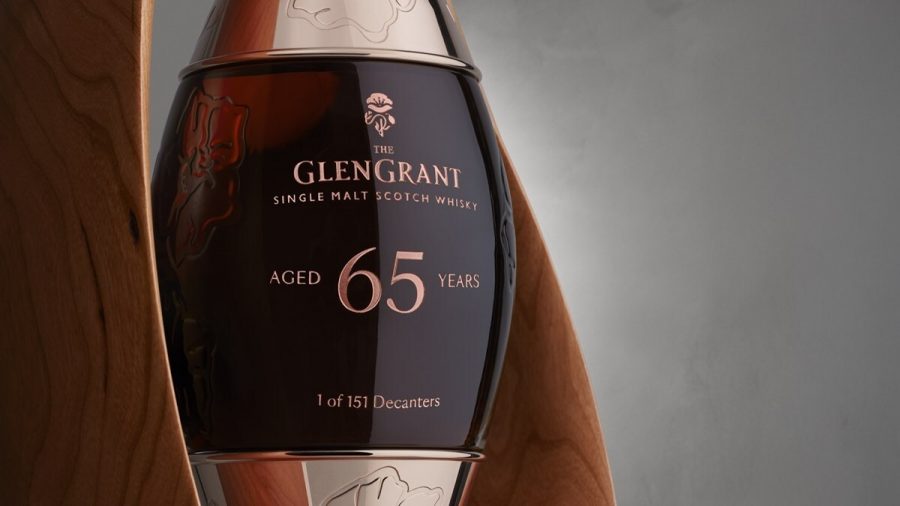The world of fine whisky is no stranger to audacious launches, but The Glen Grant’s new Splendours Collection is aiming to set a new benchmark in ultra-premium single malts. Kicking off this series is a 65-Year-Old single malt Scotch whisky, distilled in 1958 and aged for over six decades—a release poised to captivate collectors, connoisseurs, and the industry alike. But beyond the decadence of its price tag and presentation lies a fascinating interplay between tradition, exclusivity, and the shifting landscape of whisky luxury.
Decoding the Splendours Collection: Whisky as Art, Luxury as Spectacle
The debut of the Splendours Collection is a masterclass in storytelling. From the Himalayan Blue Poppy inspiration—symbolizing rarity and excellence—to the Mobius strip decanter designed by John Galvin and Glasstorm, every detail reinforces the theme of timeless craftsmanship. Only 151 decanters have been crafted, each a collector’s dream, priced at a commanding $50,000 USD.
At the heart of this whisky is a single French oak butt, matured in The Glen Grant’s historic Warehouse No.4, an emblem of the distillery’s legacy. Greig Stables, Master Distiller, describes it as “a lifetime of flavor and character from its journey in a single cask.” But while the romance of such statements is undeniable, the industry is asking a critical question: are these high-age statement releases about whisky appreciation—or are they simply the next frontier in luxury investment?

The Art-Whisky Crossover: The Glen Grant x Random International
The launch event in Hong Kong’s Art Week further cements whisky’s growing alignment with the fine art world. Partnering with Random International, The Glen Grant presents “Seasons”, a live performance painting experience. This multi-sensory exhibition will feature 65 bespoke artworks, each mirroring the whisky’s 65-year maturation journey. The event, held at The Upper House Hong Kong, transforms whisky from a consumable to a conceptual experience.
Hannes Koch, co-founder of Random International, notes: “Our Pixelography process bridges the digital and the physical, much like The Glen Grant bridges past and present.” While undeniably innovative, this strategy also signals whisky’s increasing reliance on cross-industry prestige collaborations to maintain desirability in a rapidly evolving luxury market.
What This Means for the Whisky Industry
The Glen Grant’s move reflects a broader trend: the relentless pursuit of ultra-aged, ultra-rare releases as the whisky world edges closer to the realm of haute horology and fine art. With brands like Macallan, Dalmore, and Glenfiddich competing in the high-stakes game of ‘oldest and rarest,’ the Splendours Collection is both a statement and a challenge.
However, there is a fine line between innovation and exclusivity for exclusivity’s sake. The rise of ultra-premium expressions risks alienating traditional whisky enthusiasts, turning an art of enjoyment into an asset class where bottles are more likely to sit in climate-controlled vaults than be poured into glasses.
Yet, there’s no denying the craftsmanship at play. The Glen Grant has long been revered for its delicate, orchard-fruit-driven profile—will the 65-Year-Old retain that signature elegance, or has the influence of six decades in wood overtaken the spirit? With so few bottles in existence, few will ever know firsthand.
Final Thoughts: A Triumph of Time and Marketing
With the Splendours Collection, The Glen Grant is making an emphatic statement: whisky isn’t just about taste—it’s about legacy, exclusivity, and artistic expression. Whether this signals a new golden age of whisky craftsmanship or a further step toward commodification is a debate that will continue to unfold.
One thing is certain: in a world where the rarest spirits command prices rivalling fine jewelry, The Glen Grant has ensured that its name remains etched in the pantheon of ultra-luxury whisky for years to come.

